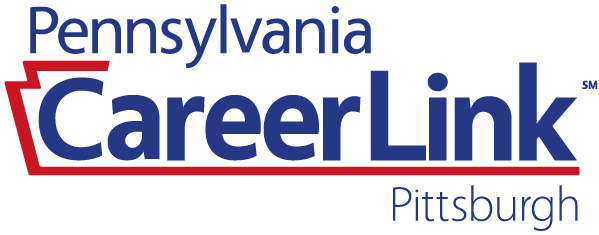Constructing Your Resume
The basic parts of a resume for any job seeker are as follows:
Heading: Include name and contact information. This should include mailing address, phone number, and email address (one that you check frequently)
Job / Career Objective – Should be placed on the cover letter. This item should be “position specific”. It should be a “mirror image” of the position being applied for. This is a part of the concept of doing a “targeted job search”. The idea is to target the words on your resume and in the interview against the position, the company, or the industry.
Qualifications Summary: Make this section a brief paragraph (2 to 3 sentences) of what skills you offer. This should be a quick review of your resume for the employer.
Education: Details in this section should be highlighted less the longer you are out of school. List all of your latest schooling, even when you have not received a degree or certification. If you are a college graduate, you can omit your high school graduation information. You should never include your junior high or elementary education on your resume.
Experience: Refrain from listing only job titles; be as detailed as possible while still being concise. Use strong words that will give a clear picture instead of lengthy phrases. Promote any skills that relate to the job: people skills, computer skills, task-oriented, goal setter, hard-working, etc.
Keywords – Should be included that are “position specific”, “company specific”, or “industry specific”. This website will help you with Industry Specific Keywords: www.labor.ny.gov.aa Additionally, HR departments are looking for resumes that score 80% / “B” or higher.
This free website will score your resume for you, suggest modifications / improvements, and allow you to keep updating for free until you reach the required score: www.rezscore.com
References: References should be listed on a separate document from the resume. Strong references
include supervisors, coworkers, teachers, volunteer coordinators, and clients. Human resource
professionals want individuals who know your work and volunteer habits. Make sure that you have
known your reference for at least two years. Friends, family members, and religious leaders should not
be used for references.Example:
Jane Anywhere
Supervisor of Talent [Contact's Title]
XYZ Company
1256 Anywhere Lane
Nowhere, Pennsylvania, 13555
Email: janeanywhere@xyzcompany.com
Phone: 412-555-555
Applying through email and need a plain-text resume?
Or, do you need a resume that you can easily cut and paste? Please follow the instructions below:
Open up your formatted resume.
Go to File, Save As.
When the Save As box appears, there will be a drop-down menu for "Save As Type." Choose "Text Only."
Before saving, be sure to change the "File Name" to something other than your formatted resume.
Press "Save." The screen will appear to be the same.
Close out the formatted version of your resume and reopen your Plain Text Resume. Review the spacing and make sure there are no errors before you submit to employers.
Need to save your resume as a PDF?
Open up your formatted resume.
Go to File, Save As.
When the Save As box appears, it will default to.docx, click the drop down menu and select PDF. A PDF is a document that is not editable, so it will look exactly as you made it when you email it to someone.
Before saving, be sure to change the "File Name"
Press "Save."
Functional Resume
Great resume style to sell your skills, career goals, and career changes. Not recommended for entry level workers.
Chronological Resume
Chronological is best suited for those job seekers who have a solid amount of job experience.
